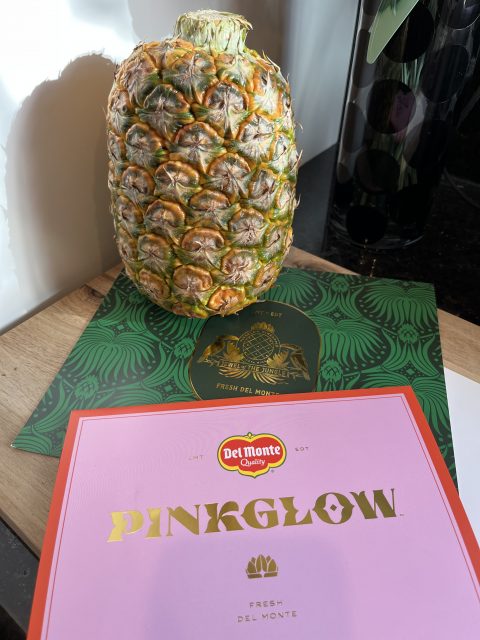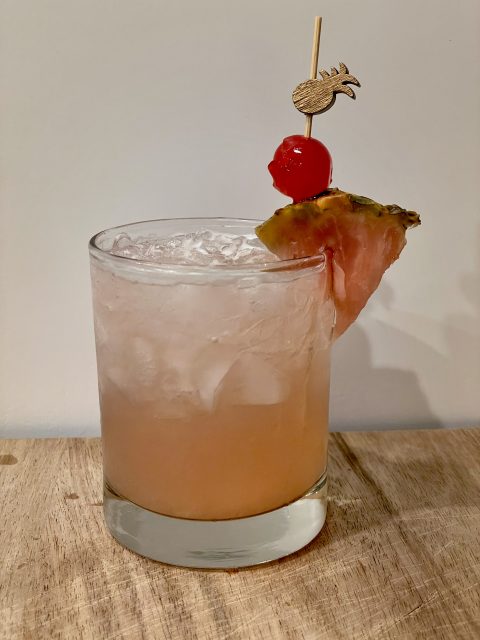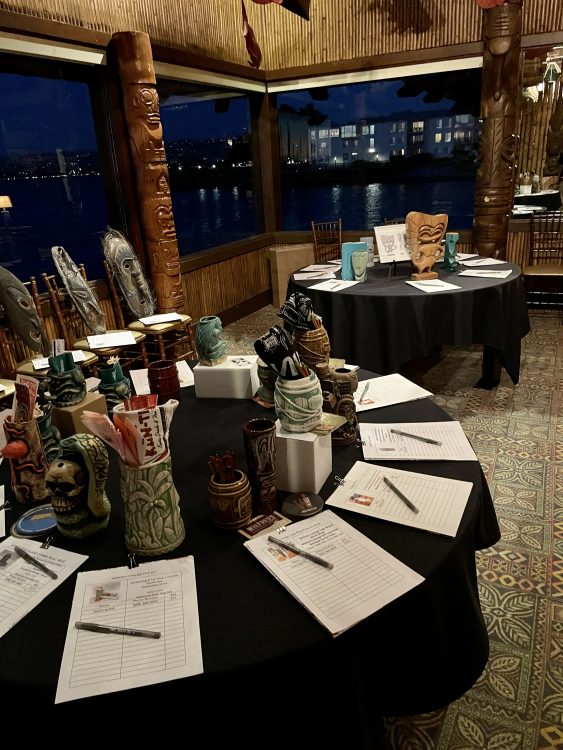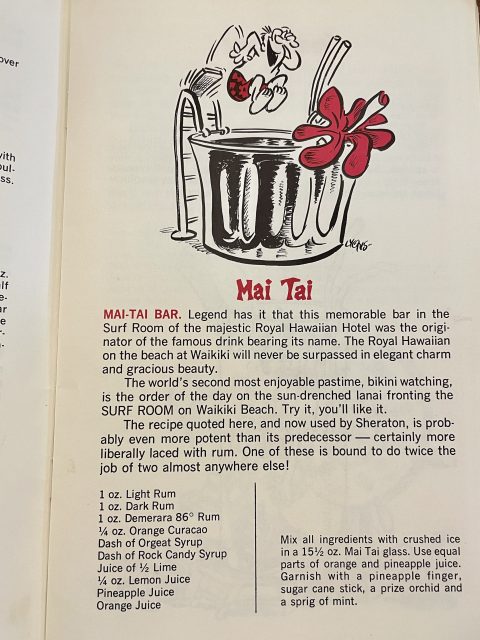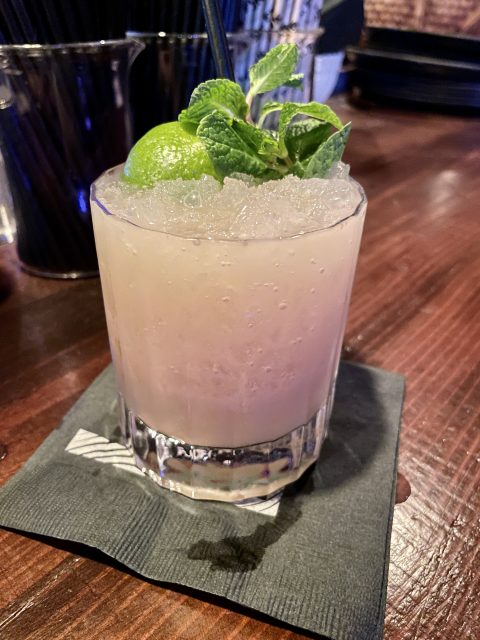Mai Tai Monday is from Dr. Funk, again. Honestly, I wasn’t planning to have the amazing Dr. Funk Mai Tai, but when a certain someone buys a round for the table in honor of birthday boy @vonschiltach, I’ll consider it a blessing. Mahalo!
Dr. Funk was quite busy on Saturday, as you’d expect on a weekend. But there was also a Sharks game and some temperate conditions, so the entire inside of the bar and the outside patio were all filled. There was even a private party all the way around the side the building. But, the staff at Dr. Funk were really working well and our service all evening was great and the cocktails were made perfectly. It was quite helpful that we had reservations (pro-tip!) and we also found the garage on 3rd street to be much easier to get into than the one we usually use on Market/San Pedro Square.




